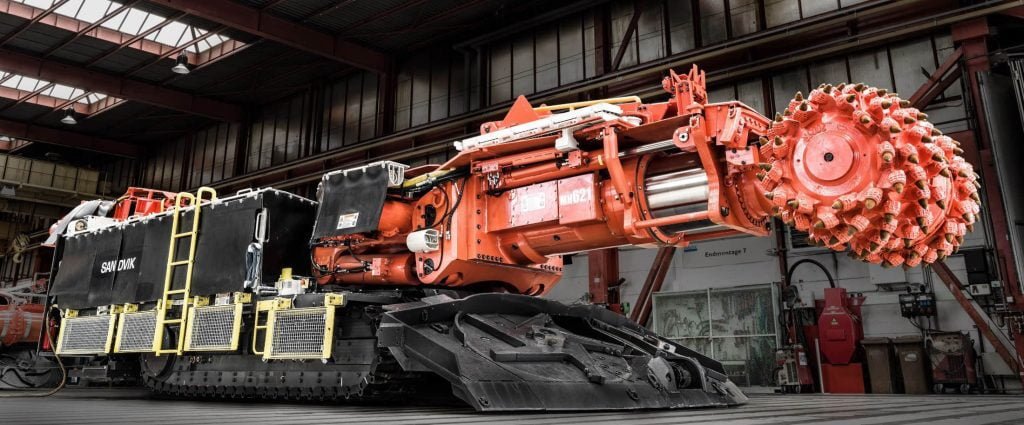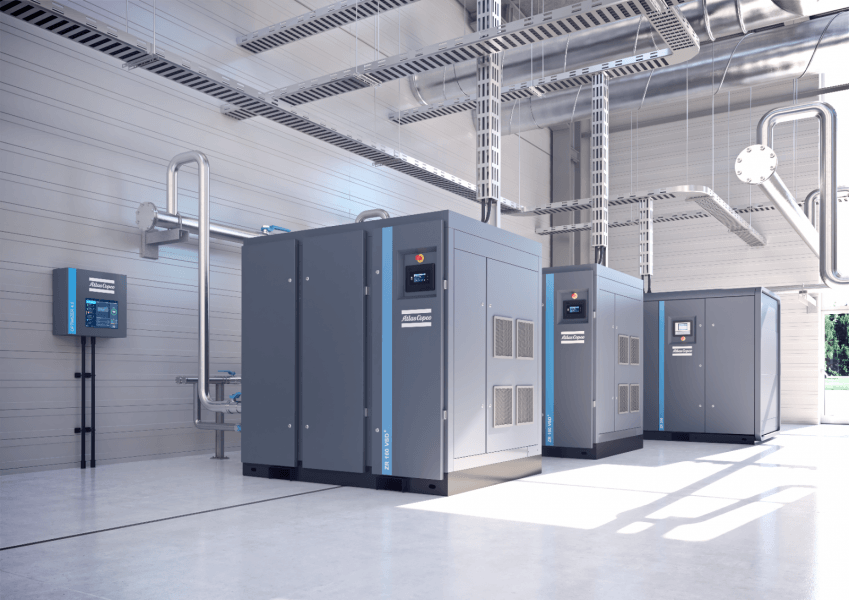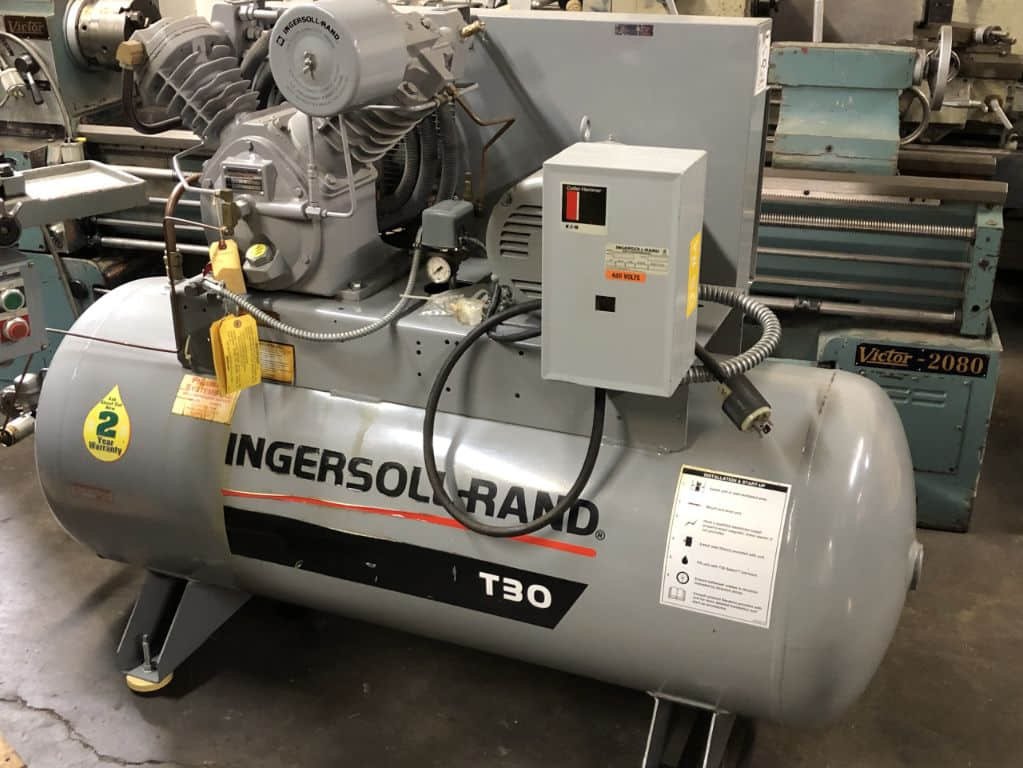Husky Air Compressors: What Parts Frequently Need Replacing and Why?
When it comes to air compressors, Husky is a brand that stands out for its reliability and performance. However, like any mechanical device, air compressors require regular maintenance and occasional replacement of parts to ensure optimal functionality. In this article, we will explore the parts of Husky air compressors that frequently need replacing and the reasons behind it. Whether you are a professional contractor or a DIY enthusiast, understanding these common replacement needs will help you keep your Husky air compressor running smoothly for years to come.
1. Air Filters: Ensuring Clean and Efficient Airflow
One of the most critical components of any air compressor is the air filter. The air filter is responsible for removing dust, debris, and other contaminants from the intake air, ensuring clean and efficient airflow. Over time, the air filter can become clogged with dirt and debris, reducing the compressor’s performance and potentially causing damage to other parts.
To maintain optimal performance, it is recommended to replace the air filter every 3 to 6 months, depending on usage. Regularly inspecting the air filter for dirt buildup and replacing it when necessary will help prolong the life of your Husky air compressor.
2. Pressure Switches: Regulating the Air Pressure
The pressure switch is another crucial component of an air compressor. It is responsible for monitoring and regulating the air pressure within the compressor tank. When the pressure reaches a certain level, the pressure switch automatically turns off the motor, preventing over-pressurization and potential damage.
Over time, pressure switches can wear out or become faulty, leading to inaccurate pressure readings or failure to shut off the motor when the desired pressure is reached. Regular inspection and replacement of the pressure switch can help avoid potential safety hazards and ensure the proper functioning of your Husky air compressor.
3. Belts: Transmitting Power and Facilitating Movement
Husky air compressors often utilize belts to transmit power from the motor to the compressor pump. These belts play a crucial role in the overall functionality of the compressor by facilitating movement and ensuring smooth operation.
However, belts can wear out over time due to constant tension and friction. Signs of a worn-out belt include squeaking noises, slippage, or visible cracks. Regularly inspecting the belts and replacing them when necessary will help maintain the efficiency and performance of your Husky air compressor.
4. Pressure Relief Valves: Ensuring Safety
The pressure relief valve is a safety feature that releases excess pressure from the compressor tank to prevent over-pressurization. It is designed to open automatically when the pressure exceeds a certain limit, protecting the compressor from potential damage or explosion.
Over time, pressure relief valves can become worn or malfunction, leading to inaccurate pressure readings or failure to release excess pressure. Regular inspection and replacement of the pressure relief valve are essential to ensure the safety of your Husky air compressor and prevent any potential accidents.
5. Check Valves: Preventing Backflow
Check valves are crucial components that prevent backflow of compressed air from the tank to the pump. They ensure that the compressed air flows in one direction, allowing the compressor to build up pressure effectively.
Due to constant exposure to high-pressure air, check valves can become worn or damaged over time. A faulty check valve can result in decreased performance, reduced pressure, or even damage to other parts of the compressor. Regular inspection and replacement of check valves will help maintain the efficiency and reliability of your Husky air compressor.
6. Gaskets and Seals: Preventing Air Leaks
Gaskets and seals play a vital role in preventing air leaks in an air compressor. They ensure a tight seal between different components, such as the pump, tank, and valves, preventing air from escaping and maintaining optimal pressure.
Over time, gaskets and seals can deteriorate or become damaged, leading to air leaks and decreased performance. Regularly inspecting these components and replacing them when necessary will help prevent energy wastage and ensure the efficient operation of your Husky air compressor.
Frequently Asked Questions (FAQs)
1. How often should I replace the air filter in my Husky air compressor?
It is recommended to replace the air filter every 3 to 6 months, depending on usage. Regular inspection for dirt buildup is also essential.
2. What are the signs of a worn-out belt in a Husky air compressor?
Signs of a worn-out belt include squeaking noises, slippage, or visible cracks. Regular inspection and timely replacement are crucial.
3. Why is it important to replace pressure relief valves?
Pressure relief valves ensure the safety of the compressor by releasing excess pressure. Faulty valves can lead to inaccurate pressure readings or potential accidents.
4. How often should I inspect and replace check valves in my Husky air compressor?
Regular inspection and replacement of check valves are recommended to maintain the efficiency and reliability of the compressor.
5. What can happen if gaskets and seals in an air compressor are damaged?
Damaged gaskets and seals can result in air leaks, decreased performance, and energy wastage. Regular inspection and replacement are necessary.
6. Can I use aftermarket parts for my Husky air compressor?
While aftermarket parts may be available, it is recommended to use genuine Husky replacement parts to ensure compatibility and optimal performance.
By understanding the common replacement needs of Husky air compressors and taking proactive measures, you can ensure the longevity and optimal performance of your compressor. Regular maintenance and timely replacement of parts will not only save you from costly repairs but also enhance the efficiency and reliability of your Husky air compressor.




